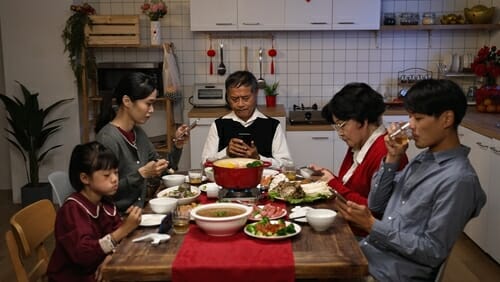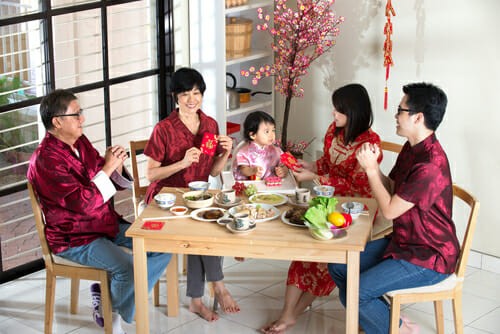
5 Perfect Gifts for the 2024 Year of the Dragon Lunar New Year
This article recommends some gifts for your friends or yourself for the coming Lunar Chinese New Year- the Year of the Dragon in 2024. From mugs to luxury bags, we recommend some selections.









